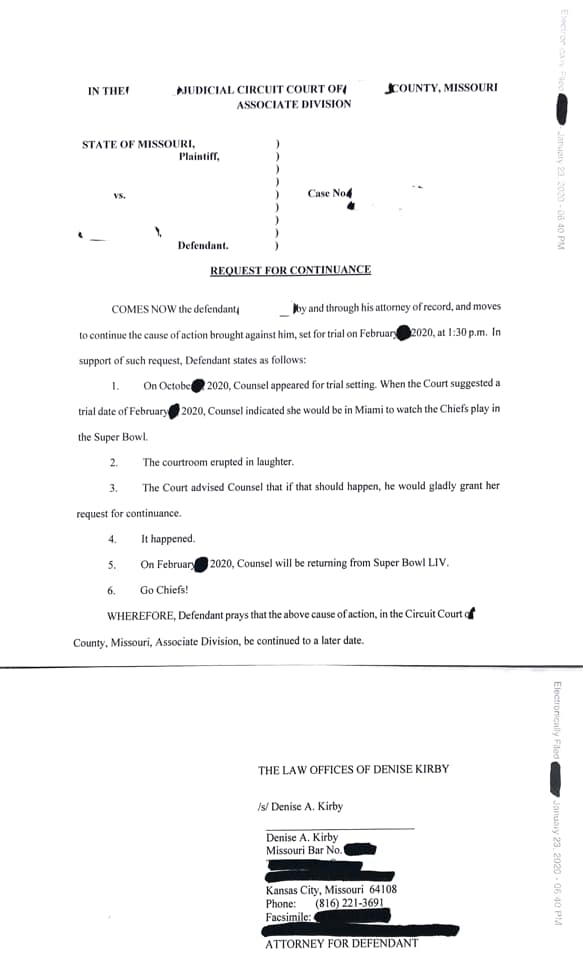Ed. note: This is the latest installment in a series of posts on motherhood in the legal profession, in partnership with our friends at MothersEsquire. Welcome Lindsay Kennedy to our pages.
Yesterday, after getting my kids on the buses for kindergarten and preschool, I went to a Korean tea house for my once-a-month self-care outdoor yoga class. Afterwards, I sent out 23 MothersEsquire emails. Then, I spent a couple hours proofreading a motion for summary judgement for Florida and researching a Kentucky tax law issue. Then my kids came home. … I am a stay-at-home mom and a lawyer. And I am so much more.
I live in Korea with my active-duty military husband and kids. When switching from being a lawyer to a stay-at-home mom, my life drastically changed. There were a lot of changes that I expected –- diaper changes, feedings, and baby snuggles, but there are many unexpected changes to my life.
I suddenly felt super weird spending money on anything but absolute essentials. The loss of a second income made me feel like I had to be extra frugal and didn’t dare think of getting something for myself. In hindsight, I was being a bit ridiculous, and it would have been fine to buy that $30 dress that looked great on me (and had pockets!).
While I am a social person, at work I was always the person thinking, “get out of my office so I can be productive.” When I experienced entire days only talking to a small being, I found myself accosting my poor husband the moment he walked in the door, crushing him with story after story about inane things and parenting articles I read.
Checking email became a waste of time and eventually I stopped, so when I did receive a personal email, it would take a week or two before I noticed. My to-do list became useless. Laundry. Check. Wait, it’s been 5 minutes so there’s more. Run Errands. Check. Wait, now we need velcro for my husband’s uniform. The household part of life never ends for everyone, but when that became the main part of my life, the lack of accomplishment became maddening.
I’ve always had a lot of self-confidence –- too much, perhaps. When I switched to a non-legal job with significantly less pay due to living in Germany, it didn’t faze me. But then, motherhood. It’s all I was. And I wasn’t even very good at it, or so I felt. I couldn’t even get my baby to sleep!
With all those changes, the absolute hardest part of becoming a SAHM, was enduring being treated like I was dumb. “And what do you do?” The question I began dreading most because it followed with the same, awful look of disappointment in me as a human being. Then, they would catch themselves and put on a fake smile and say in a high-pitched voice, “oh, how fun.” No, it is not fun. It is a lot of exhausting work. There are moments that are precious, moments that are joyous beyond description, moments filled with laughter, but hours filled with screams and tantrums and whining.
I was surprised how many working moms would avoid me. Here I was interested in hearing about their life and job, and I could provide help in transporting kids or insight on a project (where I would work for free or cheap if you just treated me like an equal!). But time after time it was made clear that we were not to be allies.
In hindsight, I can admit I overdid the SAHM thing. All parents want the best for their kids, but as a lawyer, I was going to research every little thing related to parenting to guarantee success. All those things they do at daycare with a full staff, I did solo. I had charts galore and a well thought out curriculum involving critical thinking development and art and science and reading and limited screen time and … too dang much.
I was a Stay-at-Home-Mom for five exhausting years with some occasional legal work and am now transitioning into being a part-time lawyer (until my husband is out of the Army, then I will be a real full-time all-in lawyer!). I am proud I did it. But I will never do it again. It was harder than anything I’ve ever done.
Shout out to all the stay-at-home parents and thank you for working so hard! Working parents, please recognize that life on that side of the fence is not easier, the grass is not greener, but we can work together to help each other.
Earlier: Mothers At Law: Achieving Meaningful Success In The Legal Profession
 Lindsay Kennedy recently took a position with Eaker Perez Law, doing exclusively U.S. federal tax law. She is also the Executive Director of MothersEsquire. Lindsay’s favorite thing, besides her family, is working to support changes in the legal profession to allow for more non-traditional options so both parents are afforded the opportunity to enjoy their family. She’s a proud mom of two beautiful girls and married to a loving and supportive husband. You can reach her at lindsay@eakerperezlaw.com
Lindsay Kennedy recently took a position with Eaker Perez Law, doing exclusively U.S. federal tax law. She is also the Executive Director of MothersEsquire. Lindsay’s favorite thing, besides her family, is working to support changes in the legal profession to allow for more non-traditional options so both parents are afforded the opportunity to enjoy their family. She’s a proud mom of two beautiful girls and married to a loving and supportive husband. You can reach her at lindsay@eakerperezlaw.com






 Kathryn Rubino is a Senior Editor at Above the Law, and host of
Kathryn Rubino is a Senior Editor at Above the Law, and host of 







 Lindsay Kennedy recently took a position with Eaker Perez Law, doing exclusively U.S. federal tax law. She is also the Executive Director of
Lindsay Kennedy recently took a position with Eaker Perez Law, doing exclusively U.S. federal tax law. She is also the Executive Director of 



